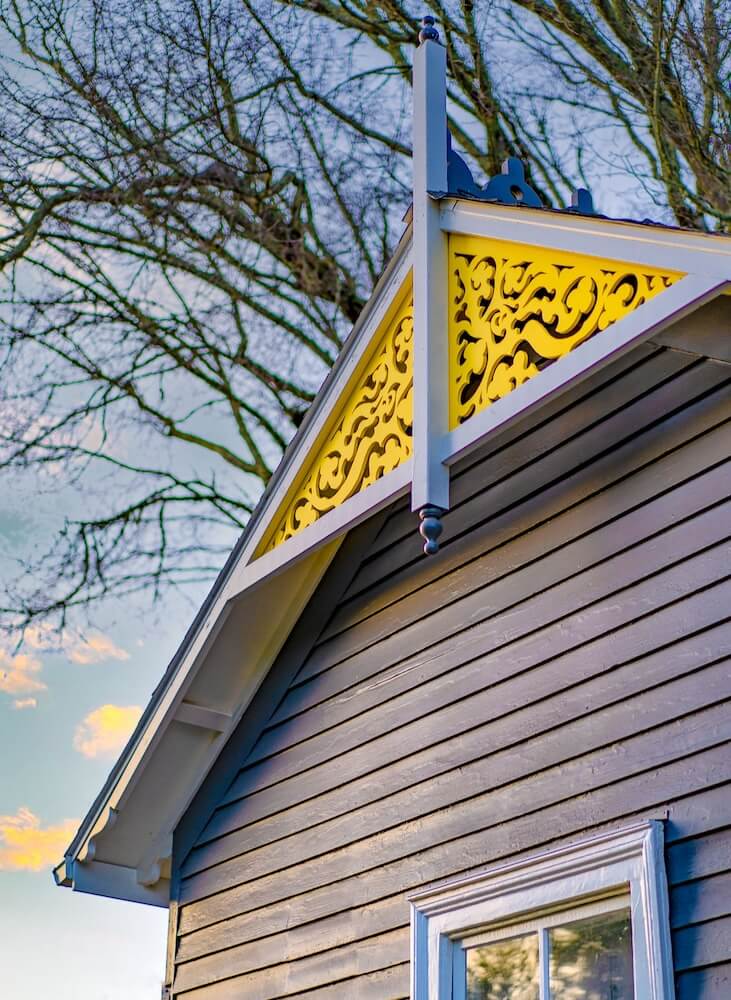Calistoga SandBox!
Calistoga History
There’s more to Calistoga than its hot springs, world-class wines and relaxed charm. This northern Napa Valley town’s natural and cultural history adds another dimension to the wine country experience.
Much of the region’s history is still alive in Calistoga, from authentic Victorian architecture to the city’s famous mineral hot springs. In fact, its historic roots are so intact that the National Trust for Historic Preservation named Calistoga a “Distinctive Destination”. It recognizes Calistoga as one of an elite group of American communities dedicated to preserving its town’s character and sense of place.
An excellent short article on Calistoga, its History, and some famous residents is available on Wikipedia.

This is my toggle!
Hello!
This is my call to action!
Your content goes here. Edit or remove this text inline or in the module Content settings. You can also style every aspect of this content in the module Design settings and even apply custom CSS to this text in the module Advanced settings.
The Napa Valley was once the home of a significant population of indigenous people, those in the Calistoga area being called the Wappo during the Spanish colonial era of the late 1700’s. The Wapoo were part of the now extinct Yukian language group. The name Napa means “plenty” in Yukian. Photo: Brannan Cottage Inn, one of Sam Brannan’s original resort cottages.
In the Spanish era, the Napa Valley was controlled by the Mission San Francisco de Solano located in the what is now the city of Sonoma, California. Following Mexican Independence, mission properties were secularized and disposed of by the Mexican government with much of the Napa Valley being partitioned into ranchos in the 1830’s and 1840’s.
The first American settlers began arriving in the 1840’s, with several taking up lands in the Calistoga area. Samuel Brannan was the leader of a settlement expedition on the ship Brooklyn landing in Yerba Buena (what would become San Francisco) in 1846. He published San Francisco’s first English language newspaper, the California Star.
Sam Brannan purchased 2000 acres in 1885 to develop a spa reminiscent of Saratoga, New York. His resort (originally located where Indian Springs Resort is today) opened to California’s rich and famous in 1862. With the completion of the railroad in 1868, Calistoga became not only a destination but the transportation hub for the upper Napa Valley.
The town’s name comes from Brannan’s tipsy malapropism that he would make this the Saratoga of California, which came out as the “Calistoga of Sarafornia.”
John Waters, Jr. in collaboration with the Sharpsteen Museum has written a book that’s available online through Google Books, called Images of America: Calistoga. The first 30 pages are available as a free preview by clicking here.
Weather
Calistoga is blessed by distinct seasons with a high proportion of sunny, smog-free days. Nights range from crisp and cool to pleasantly warm in the summer. Annual temperatures range from an average summer high of 92 to an average winter low of 36. Annual rainfall can reach 36 inches.
Statistics
Population: 5,088 (2020 census).
Median age: 47
Area: 2.5 square miles, or 1,620 acres.
Location: 365 feet above sea level at Longitude W122°35′, Latitude N38°35′.
Time zone: UTC-8, PST
Distance from San Francisco: 75 miles
Part of the first Congressional District of California, represented by Mike Thompson (D).
In 2001, the National Trust for Historic Preservation selected Calistoga as one of twelve Distinctive Destinations.
